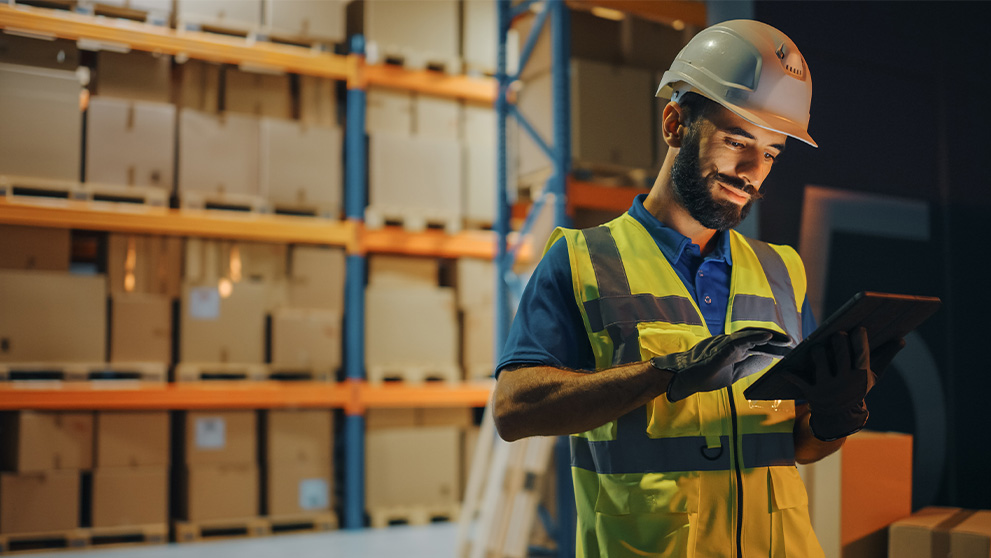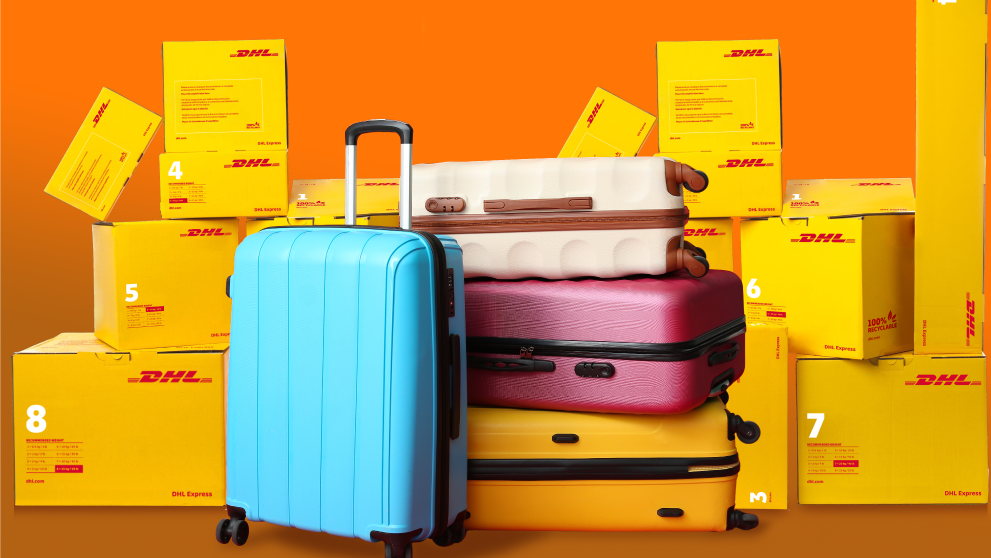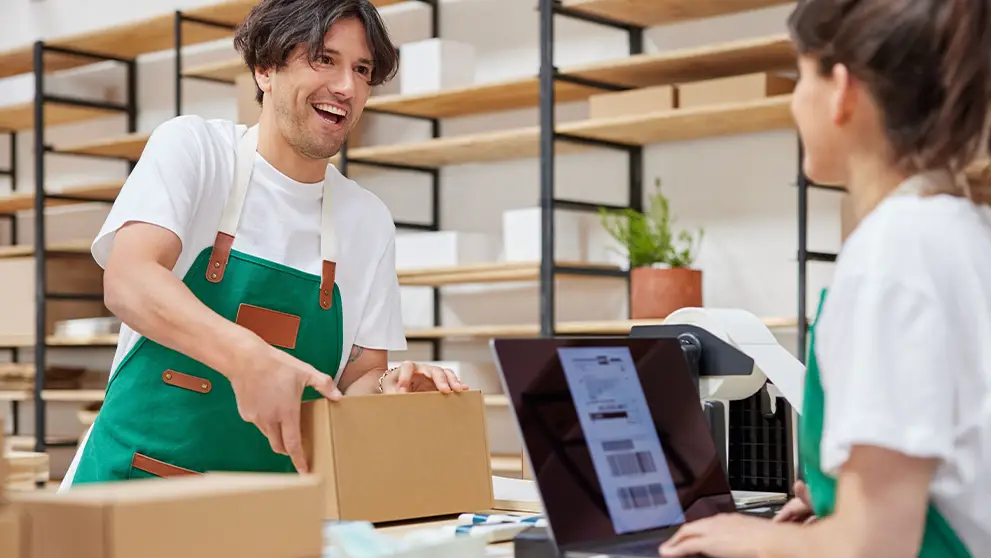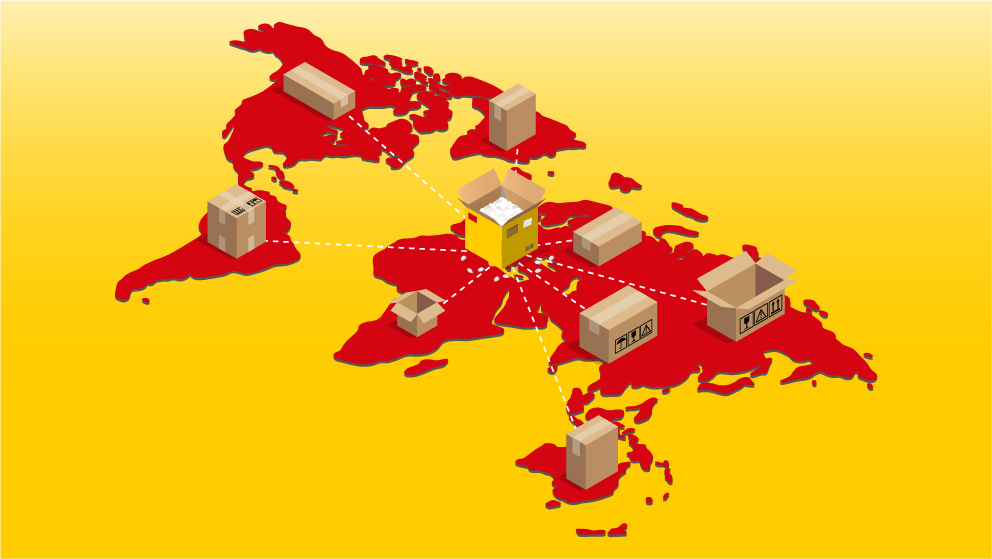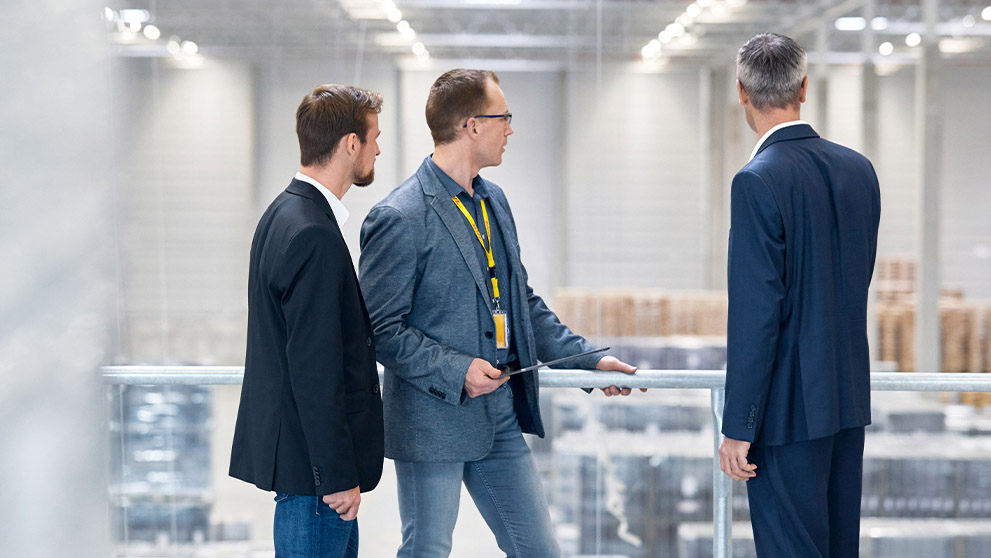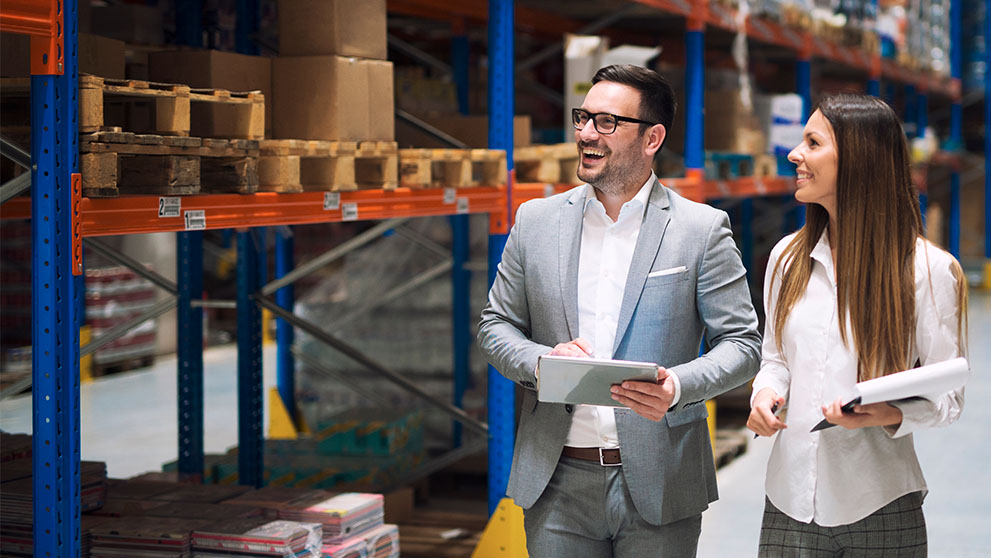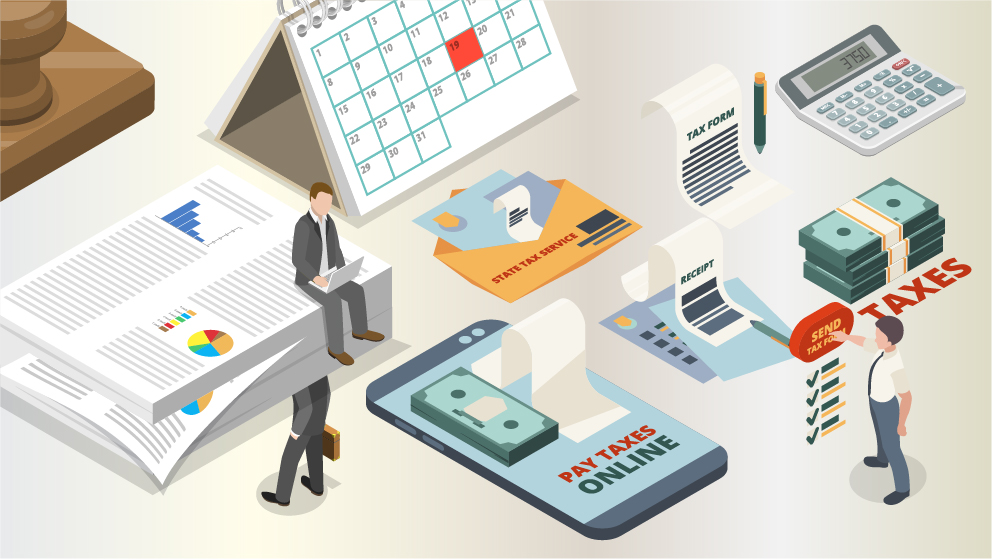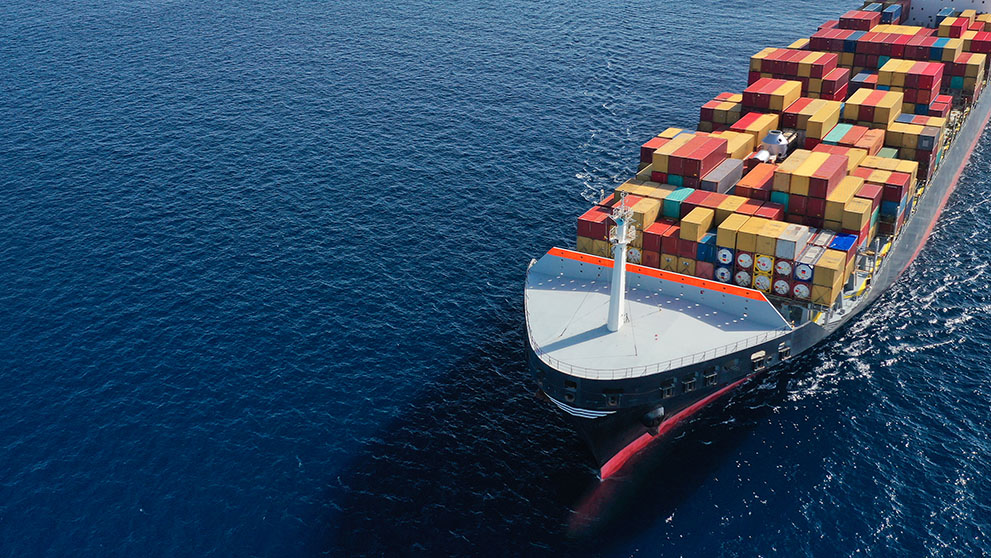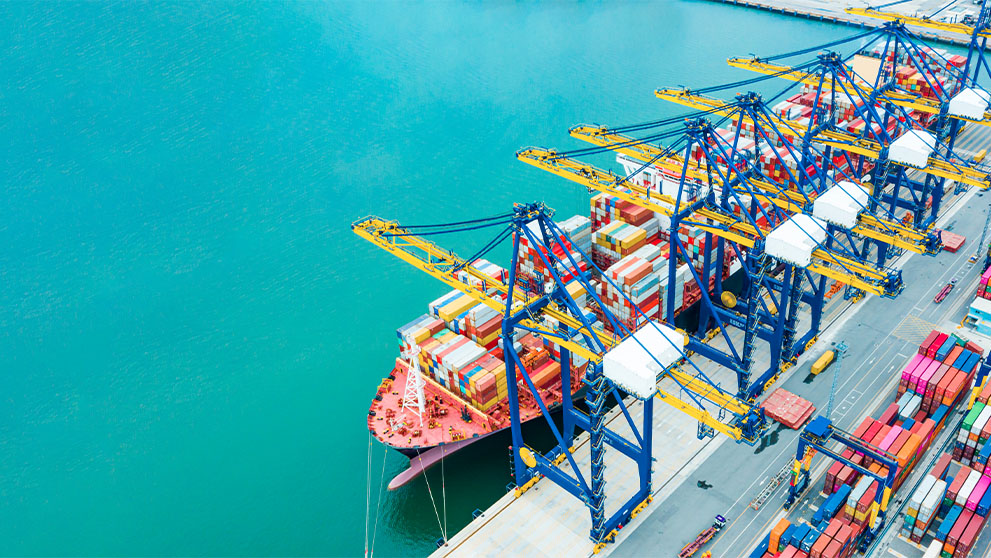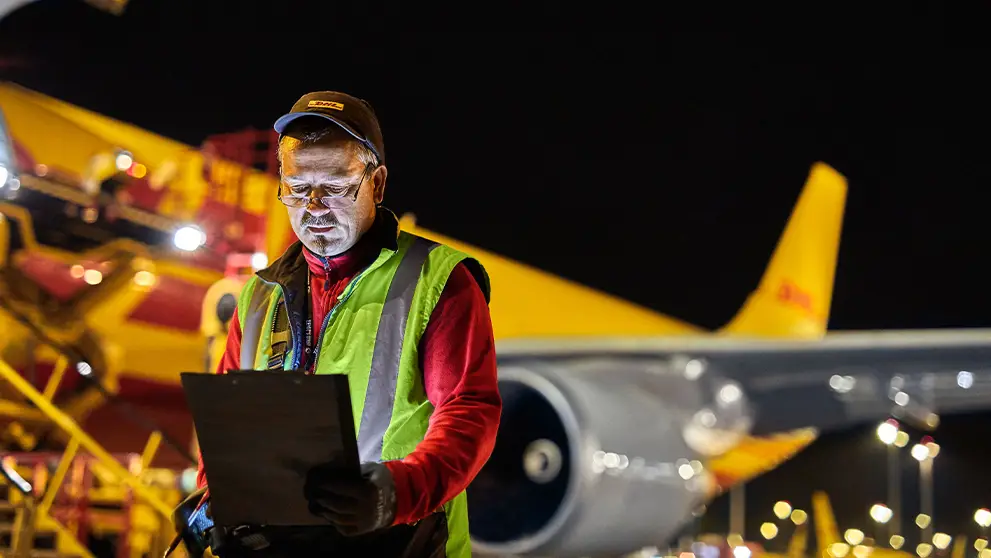Running an online business? Then you should be aware of the latest innovations and technologies transforming the logistics sector.
By optimizing each stage of your logistics – procurement, inventory management, distribution, warehousing, transportation – your business can reduce costs and get goods to customers more quickly. From AI to autonomous delivery vehicles, these are the innovations helping new businesses thrive:
Artificial Intelligence
With ChatGPT and its competitors the hot topic of conversation in recent months, it’s only natural we start by exploring the transformational potential of the latest developments in AI.
In 2021, a study by McKinsey1 found AI had helped businesses improve their logistics costs by 15%, inventory levels by 35%, and service levels by 65%. And with the technology evolving so quickly, those numbers will likely have increased already.
The ways in which AI can help SMEs optimize their logistics operations is vast – from demand forecasting to final-mile delivery. Let’s take a look at a few examples:
Analytics
Big data will play a crucial role in helping businesses optimize their logistics. One example includes dynamic pricing. Here, smart software driven by AI and machine learning enables businesses to create pricing policies based on competitors and sales data. It can then automatically adjust their products’ pricing depending on market demands. AI allows this to happen in minutes, rather than every quarter, helping businesses increase their revenue.
Analytics can also help businesses identify weak spots within their supply chains – such as underperforming employees or machinery.
Automated warehousing
A report by supply chain organization MHI2 forecast that by 2026, the adoption of AI-powered warehouse solutions by businesses will increase 60% over 2020. Examples include indoor mobile robots to more accurately pick and pack products; computer vision technology to identify damaged goods; and inventory management software which can predict future demand to reduce the risks of under- or overstocking. All of which means increased productivity, speed, and quality control.
Customer service
The potential for AI to transform customer service features is particularly exciting. Let’s take chatbots, for example. Thanks to AI, chatbots on your e-commerce website can now understand your customers better, and respond more accurately – even to complex queries.
They can offer personalized recommendations to customers based on their previous browsing history, and will tap into machine learning algorithms to continuously improve their accuracy in understanding customer intent. These chatbots can support your customers across the world, in different time zones, 24/7.
Furthermore, data collected from these customer interactions can help you improve the customer experience, increase engagement rates, and better understand their likes and dislike.
Supply chain visibility
For start-up businesses (in fact, any business), managing supply chain processes can be time-consuming. But with AI, they have better end-to-end visibility across tasks. The technology can sync up all data touchpoints along the supply chain to inform them instantly when there is an issue – such as a delayed shipment from a supplier, or low stock levels. Knowing this information, in real time, allows them to take steps quickly to reduce the impact to customers.
Green logistics
Sustainability is an increasingly important issue to consumers, so more and more businesses are looking at how and where they can reduce their carbon emissions. Some of the green logistics solutions set to grow this year are:
Reverse logistics management
Around 30% of all online orders are returned3 – that’s a lot of extra logistics emissions. Yet, by implementing a reverse logistics system which promotes the recycling, repurposing and repairing of products, businesses can divert substantial amounts of waste from ending up in landfill. Furthermore, there’s money to be saved! It’s estimated that returns cost businesses a staggering 66% of the product’s original price3, but repairing and refurbishing products means they can then go on to be resold.
Micro-fulfilment centers
Some larger e-commerce businesses are now investing in micro-fulfilment centers to reduce their delivery emissions. This strategy involves enlisting a network of smaller fulfilment centers located closer to customers. A report by Accenture4 estimated that micro-fulfilment centers will reduce last-mile carbon emissions by 17-26% by 2025.
Alternative fuel
Whilst electric vehicles will be on the radar of most eco-conscious businesses already, innovations in fossil fuel alternatives should be too. Earlier this year, DHL Express launched GoGreen Plus, which helps businesses reduce the carbon emissions associated with their shipments through the use of Sustainable Aviation Fuel – a biofuel that is produced from renewable sources such as vegetable oils and animal fats. The initiative is helping enterprises of all sizes improve their sustainability credentials.
Last-mile delivery
From drones to electric planes, this is an area of logistics that is constantly innovating in order to meet the number one priority of most e-commerce businesses: getting products to customers quickly and on time. Some of the last-mile delivery trends to watch out for this year include:
Predictive analytics
On average, last-mile delivery accounts for 53% of the total cost of shipping for e-commerce businesses5, making it a key focus for any start-up with a tight budget. But businesses can leverage predictive analytics to reduce costs.
One example is route planning software. Driven by AI, this technology can map out the best routes for deliveries based on real-time traffic analysis and even weather conditions. It takes all the hassle out of planning multiple deliveries – the software will automatically calculate the optimal order of the deliveries to maximize time.
According to a study by the National Institute of Standards and Technology6, the use of route planning software can reduce transportation costs by up to 20% – making it a necessity for your start-up in 2023.
Autonomous delivery vehicles
Self-driving cars – though largely still in the testing stage – have the potential to completely transform the delivery stage of e-commerce. Customers have come to expect On-Demand Delivery as standard. Add in autonomous vehicles, unrestricted by human labor hours, and 24/7 delivery could soon be a reality. Watch this space…
Feeling inspired? By partnering with DHL Express, your business will have access to some of the most advanced logistics solutions on the market.
